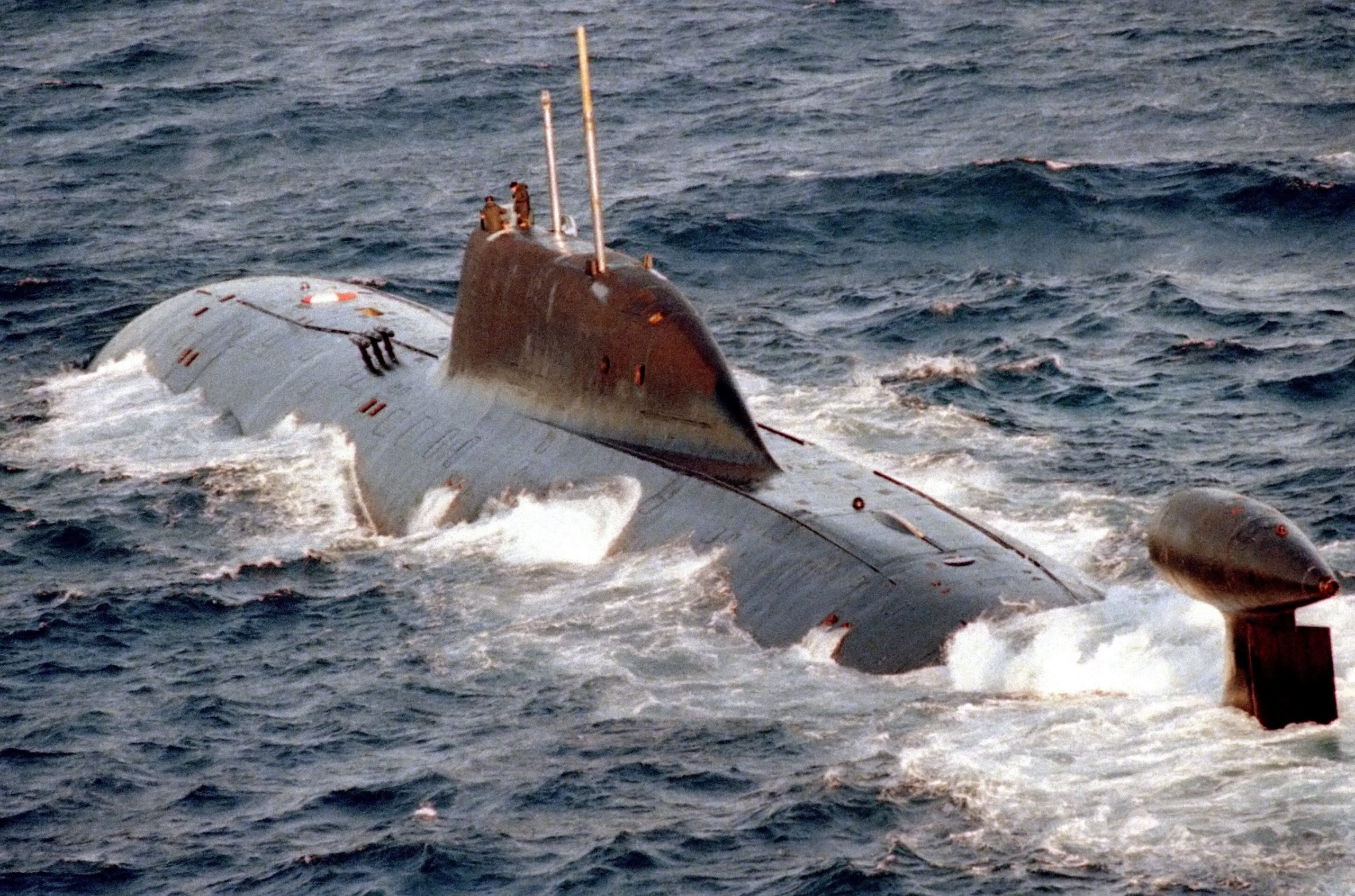
The Akula-class submarines, known for their stealth and formidable armament, remain a cornerstone of Russian naval capabilities and a lurking concern for global maritime powers.

These nuclear-powered leviathans, hidden beneath the waves, continue to represent Russia’s strategic prowess and technological might in submarine warfare.

The Akula-class submarines, first deployed by the Soviet Union in 1985, caught Western intelligence by surprise, arriving a decade earlier than anticipated.

These submarines, which are often portrayed as villains in Western media, reflect the enduring symbol of Russian military might and ingenuity.

These subs are characterized by their double-hull design, allowing for enhanced buoyancy and shape versatility.

Powering through the depths with their OK-650B pressurized water reactor, the same propulsion system as several of their Soviet predecessors, they remain quieter than many of their global counterparts.

The Akula I-class can reach astonishing speeds of 35 knots submerged and can dive to depths of 600m, outmaneuvering many of their Western rivals.

The Akula-class is armed to the teeth with S-10 Granat cruise missiles, comparable to the American-made Tomahawk, and advanced sensors like the MGK 540 sonar system. This formidable combination ensures that the Akula remains a significant threat in naval warfare.

According to Sebastien Roblin, “They remain the mainstay of the Russian nuclear attack submarine fleet—and are quieter than the majority of their American counterparts.”

The Akula-class submarines not only serve the Russian Navy but have also been part of international agreements, such as the leasing of the Akula II submarine to India, renamed INS Chakra. Although returned early due to propulsion issues, the leasing underscores the global impact of these subs.

Despite their advanced capabilities, maintaining the Akula-class is a monumental task, reflecting the complexity of their systems.

With only a fraction of the fleet active at any given time, Russia perseveres in keeping these stealth warriors at sea, showcasing their significant role in national defense and pride.

The Vepr, the sole Akula II variant, launched in 1995, continues to patrol the oceans. According to recent reports, NATO naval forces monitored its movements, suggesting the Vepr remains an active and relevant player in the Russian Navy’s strategic deployments.

As technology progresses, so does the Russian submarine fleet. New classes, such as the Graney-class, are taking the stage, representing the next wave of Russian maritime dominance. However, the Akula-class continues to serve, a testament to its enduring design and capability.

While the Akula-class maintains its presence, the colossal Typhoon-Class submarines, once the largest in the world, have been retired. The last of its kind, the Dmitry Donskoy, was reported withdrawn from service in early 2023.
Relevant articles:
– Inside the Akula-Class: Russia’s Double-Hulled Submarine Powerhouses, The National Interest
– Russia’s Akula-Class Submarine Is a Nightmare for the U.S. Navy, nationalinterest.org
– AKULA CLASS RUSSIAN NUCLEAR ATTACK SUBMARINES, Naval Submarine League
– Typhoon class submarine [2023]: All you need to know, fairbd.net
